Looking for a new iron or piece of kit to enhance the one you already own? Check out these 7 new bits of guns and gear to grow your firearms wish list.
The New Guns And Gear:
- Browning X-Bolt Speed Rifle
- Federal Upland Steel Paper Wad
- Ravus Bino Pack
- CZ 600 Series Lux
- Hornady CX Bullets
- Skeeter Hawk Repellent Wrist Band
- Savage 110 Magpul Hunter
Browning X-Bolt Speed Rifle
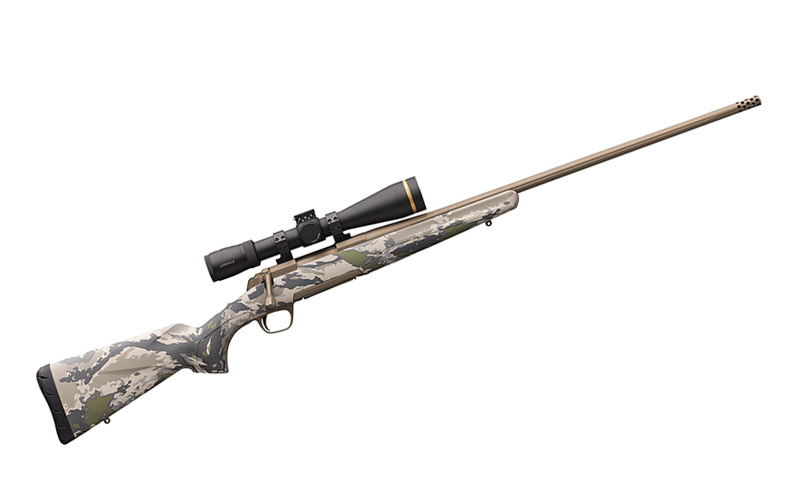
As hunters have pushed deeper into the woods, they’ve become more conscious of the weight they’re toting. However, lightweight firearms come at a price—literally. This is why the Browning X-Bolt Speed is a welcome addition to the bolt-gun market. Tipping the scales at a very manageable 6 pounds, 5 ounces, the composite-stocked iron flirts with mountain rifle classification. Yet, Browning offers it up at nearly half the price. Good deal. Featuring Ovix camouflage finish, Browning’s Feather Trigger, a 60-degree bolt throw, rotary magazine and chamberings in all the standard and magnum standbys, this X-Bolt is tailored for your next backcountry adventure.
MSRP: $1,380
Federal Upland Steel Paper Wad
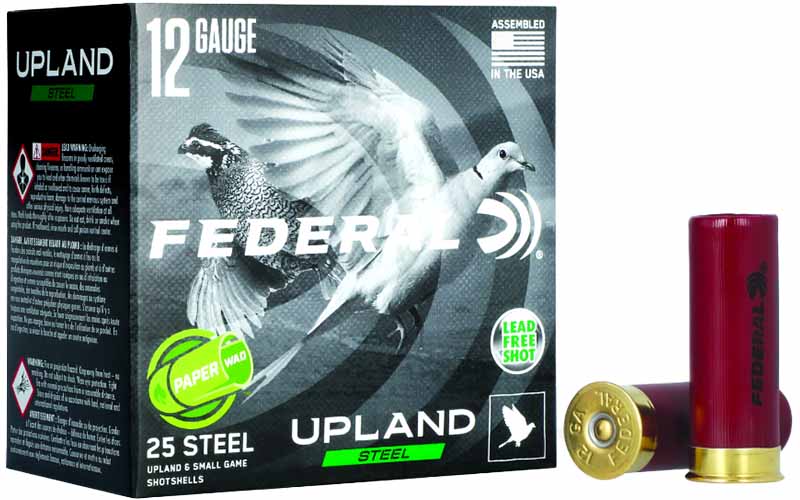
Hunting means being a steward of the land. Federal Premium gives you the opportunity to up your game in this facet with its new upland shotshell offering. Utilizing paper wads and cellulose-based filler, the shells cut down on the solid waste left after the hunt, while not compromising on performance. The biodegradable setup still delivers top velocities and excellent patterns. At present, Federal offers the paper-wad option in a 2¾-inch, 12-gauge shell that delivers a 1-ounce load of steel shot.
MSRP: $20 per box of 20 shells
Ravus Bino Pack
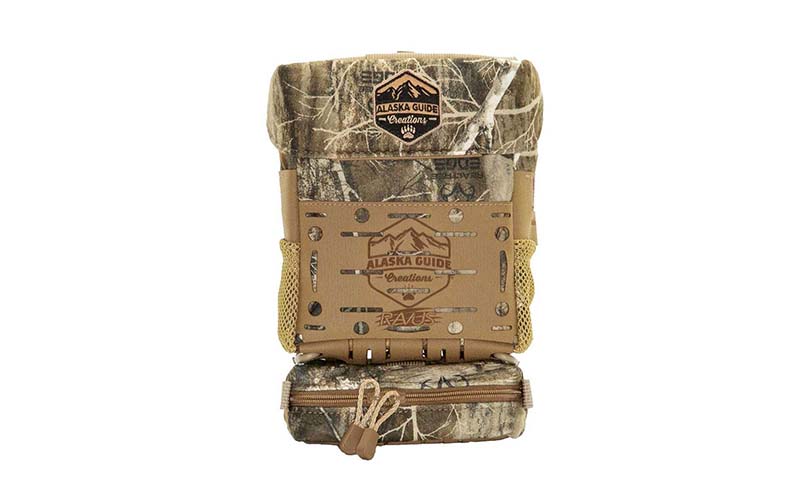
Do yourself a favor this hunting season: Get yourself a good bino pack (you’ll thank us later). Ravus’ certain qualifies as one. Enhancing the convenience of your spotting optics while protecting them, the simple around-the-shoulder rig is indispensable in the field. Most of all, the pack cuts down on the fatigue of toting a piece of gear, with a strapping system that equally distributes weight across the upper frame of the body. At the same tick, the semi-rigid main compartment protects your binos—generally one of the more expensive pieces of gear—while keeping them at hand. To this end, a forward opening lid with silent magnetic closure won’t blow your cover in the field. At 6.75 inches tall, 6.25 inches wide and 3.5 inches deep, the pack is perfectly sized for most 8x and 10x42mm binos.
MSRP: $120
CZ 600 Series Lux
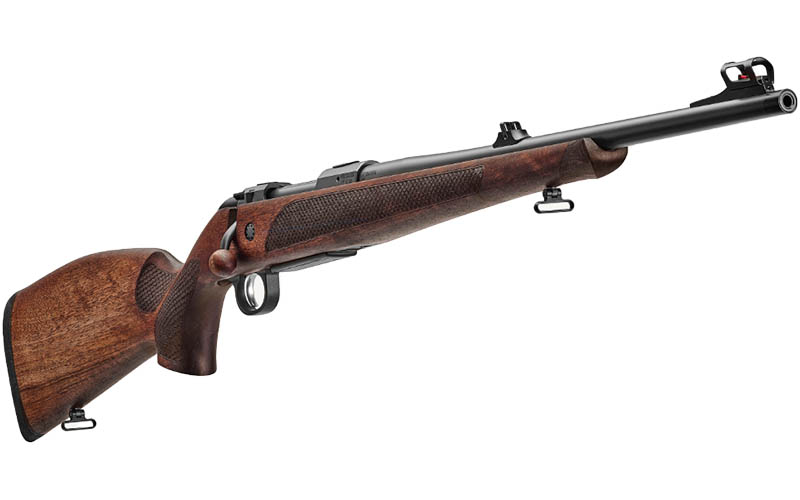
Honestly, there’s plenty to write on the newly minted CZ series of rifles. But when it comes to hunting, the Lux is the belle of the ball. Boasting slightly refined lines of the Czech company’s classic Lux design, and the bells and whistles of the 600 Series, it’s the perfect confluence of new and old. As to the new, the rifle is the three-lug fat-bolt, already making waves for its snappy adjustable trigger and lightspeed lock time. On top of all that, it’s a quick-remove switch-barrel, potentially making it an iron for all occasions. As for the Lux profile, it’s classic European—walnut stock, with a hogsback comb and a slight Schnabel forend. It comes with open sights, but its receiver is also drilled and tapped. Best of all, expect this baby to shoot 1 MOA all day long.
MSRP: Starting at $849
Hornady CX Bullets

For better or worse, monometal bullets are here to stay. Thankfully, they’ve come a long way from their somewhat frustrating beginning, thanks to a good dose of engineering. Along these lines, Hornady is offering a new line of coppery alloy projectiles for 2022 in its CX Bullets. And what the Nebraska company brings to the table should extend hunters’ ranges, while offering exceptional terminal performance. An upgrade on its GMX line is the grooves on CX bullets’ shanks. Improving the projectile’s ballistic profile, Hornady rounded the typically square-cut feature, thus reducing drag. Furthermore, the company replaced the GMX’s polymer tips with its heat shield tips, which don’t deteriorate in flight. Overall, hunters can expect an all-copper bullet that maintains its velocity and thus is more than suitable for longer shots.
MSRP: Starting at $42 per box of 100
Skeeter Hawk Repellent Wrist Band
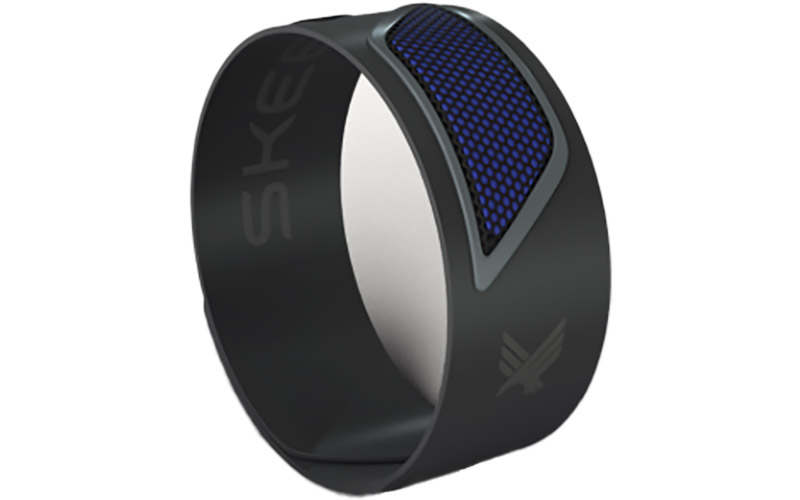
Do any early season hunting? Maybe get out for archery season? Yeah, the weather is nice, but lord, the mosquitoes! This makes repellent a must-have for your kit and is why Skeeter Hawk’s Repellent Wrist Band is such a gem. First off, the strap works, with a blend of essential oils that naturally repels mosquitoes and flying insects. Next, it’s as unobtrusive as field gear comes, fitting snuggly on the wrist so it doesn’t catch on any gear. And finally, it’s long-lasting. The band comes with two replaceable repellent tabs, each with a 30-day lifespan. For a fraction of what you’ll spend on ammo, the Skeeter Hawk is a worthwhile investment for this hunting season.
MSRP: $10
Savage 110 Magpul Hunter

Searching for a bit of a tactical bent on your next hunting rifle? Savage has you covered, marrying its classic 110 action to Magpul’s polymer Hunter Stock. Quite a pair. The stock offers an excellent shooting platform with V-block bedding for rock-solid matting with the action. Furthermore, its wide, flat forend provides a perfect rest and offers plenty of M-Lok real estate, while its buttstock is fully adjustable to fit the shooter. On Savage’s end, an oversized bolt handle makes operating the action quick and intuitive, while an 18-inch heavy barrel and renowned AccuTrigger improve the rifle’s overall performance. Available in .308 Winchester and 6.5 Creedmoor, the 110 Magpul Hunter delivers a new twist to a proven rifle.
MSRP: $1,050
Editor's Note: This article originally appeared in the Septmeber 2022 issue of Gun Digest the Magazine.
Get More Guns And Gear:
- New Guns And Gear August 2022
- New Guns And Gear July 2022
- New Guns And Gear June 2022
- New Guns And Gear May 2022
- New Guns And Gear April 2022

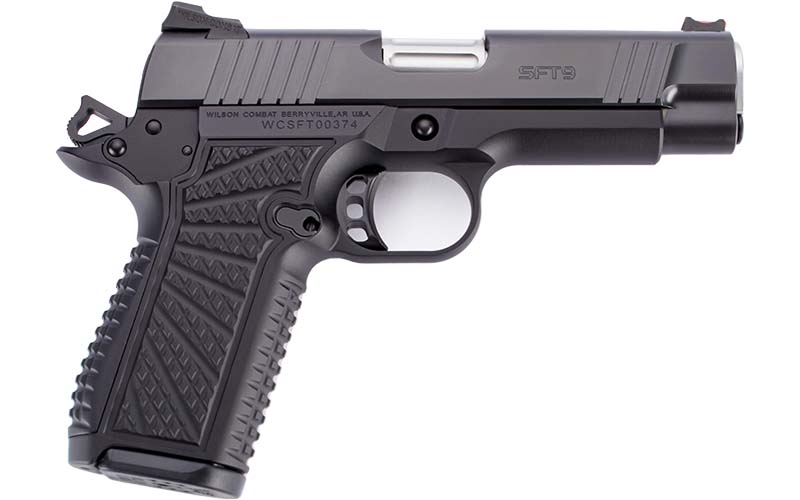
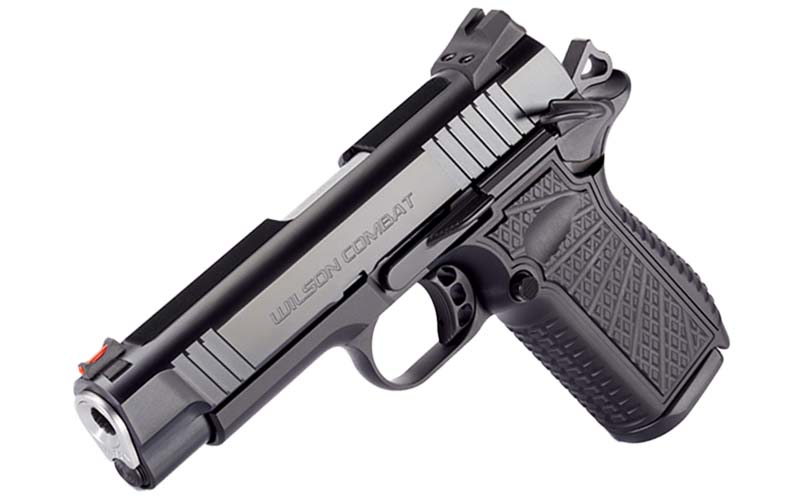

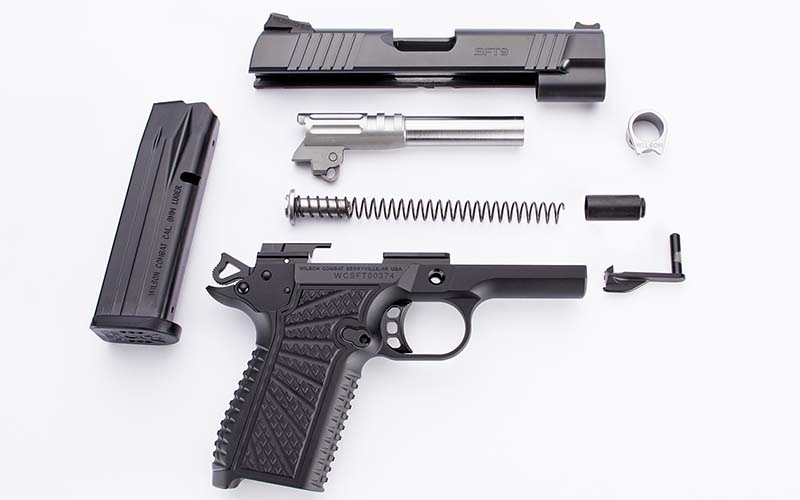
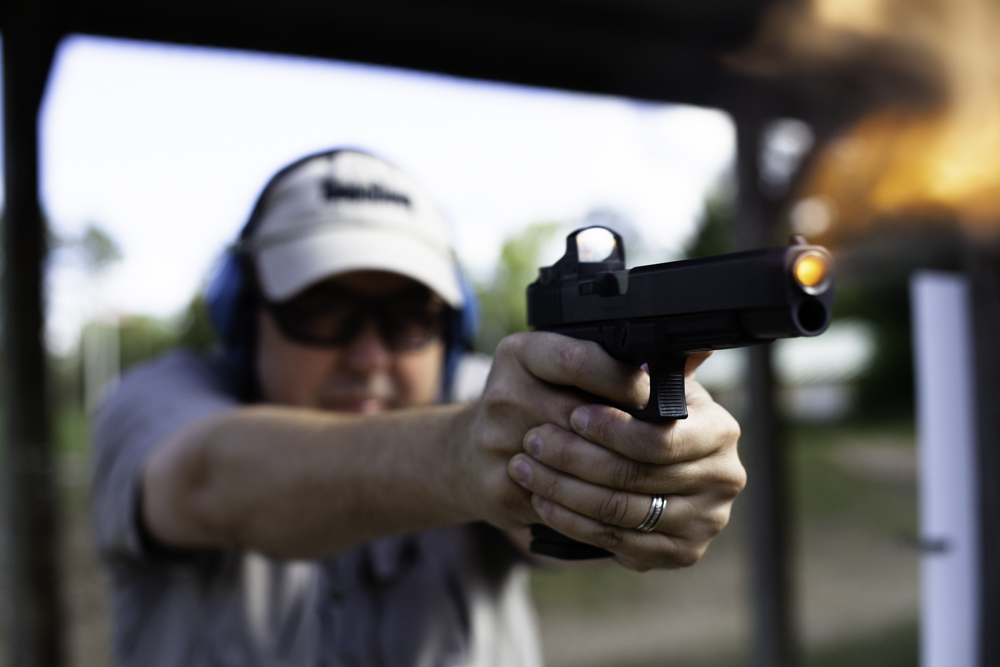
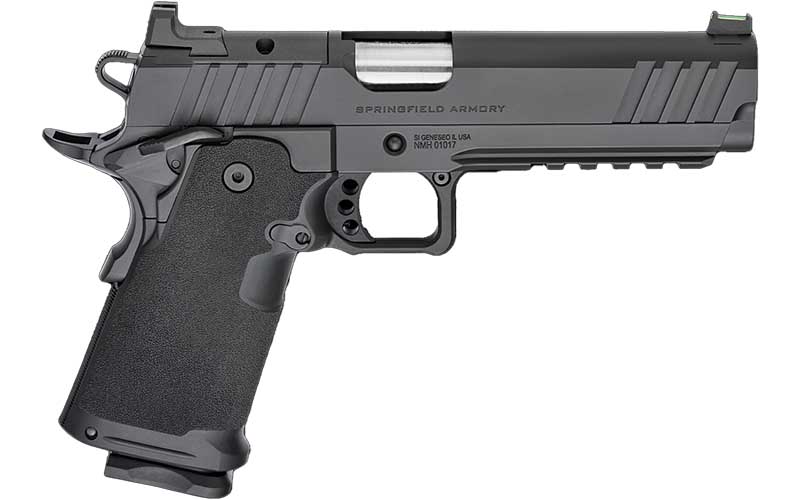

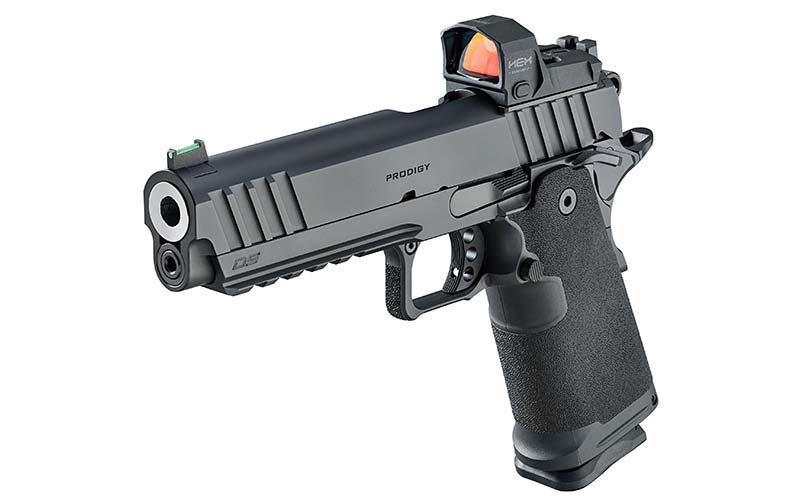
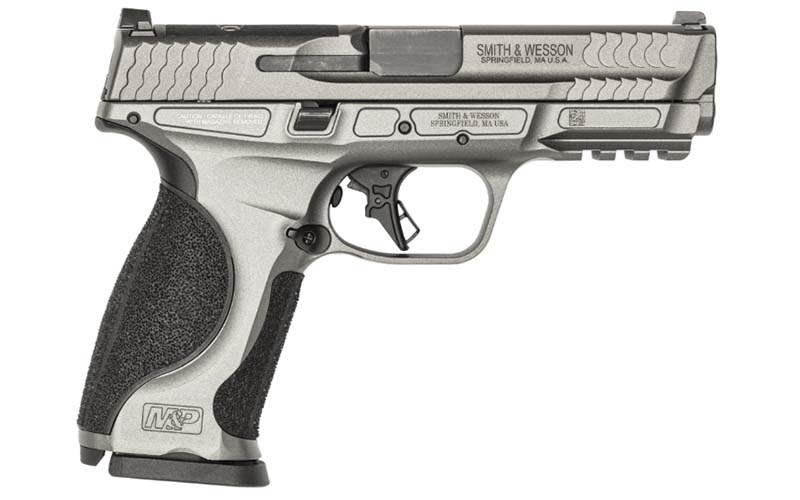
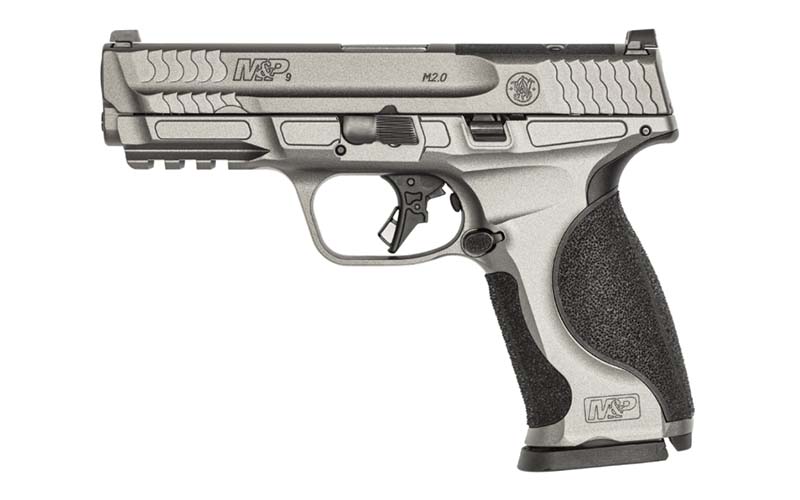
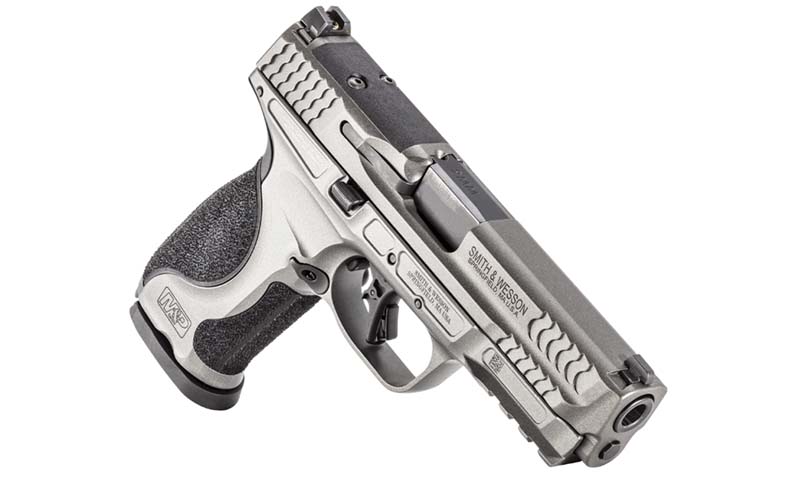
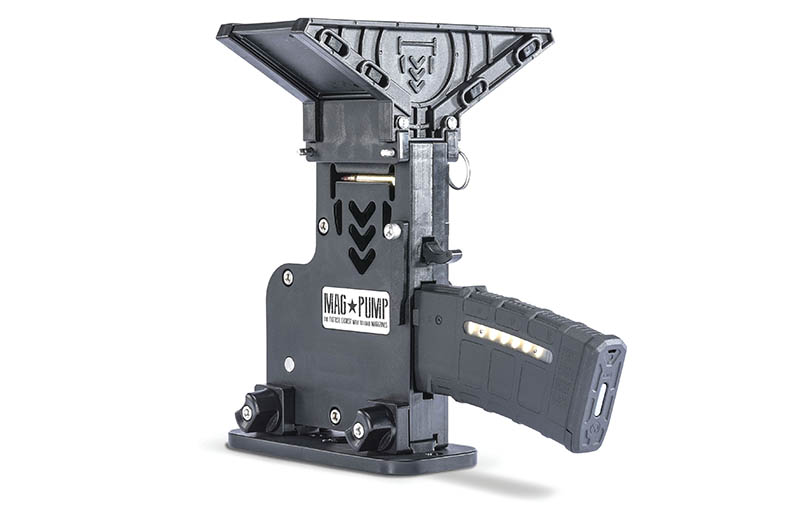
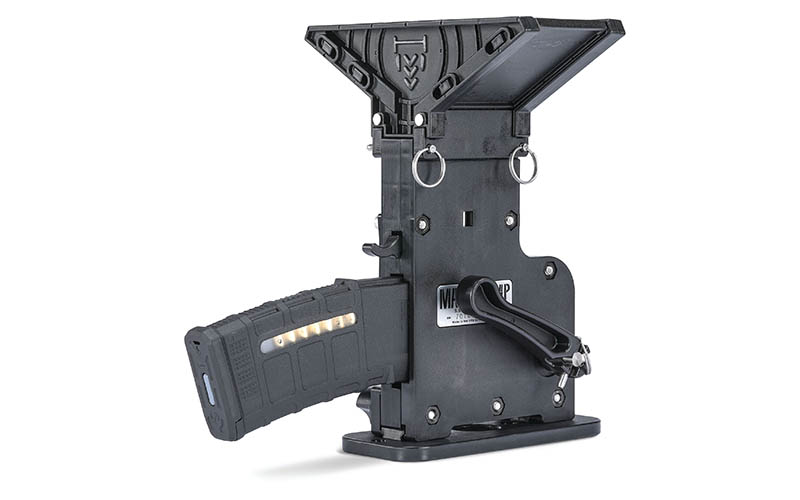
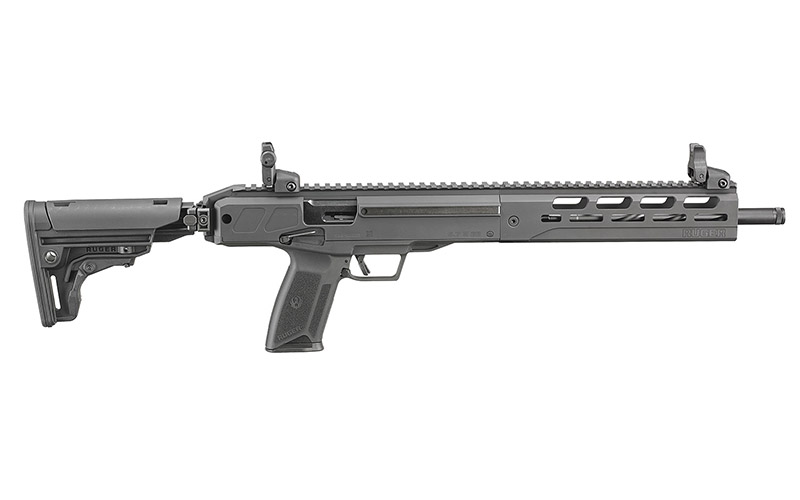
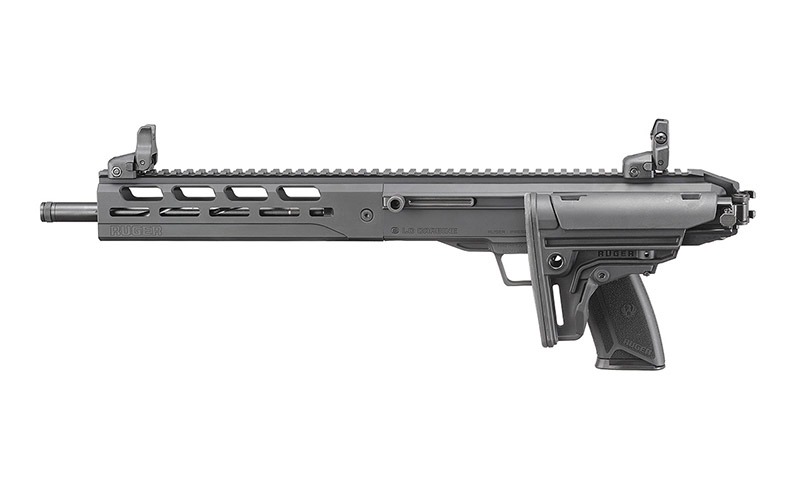
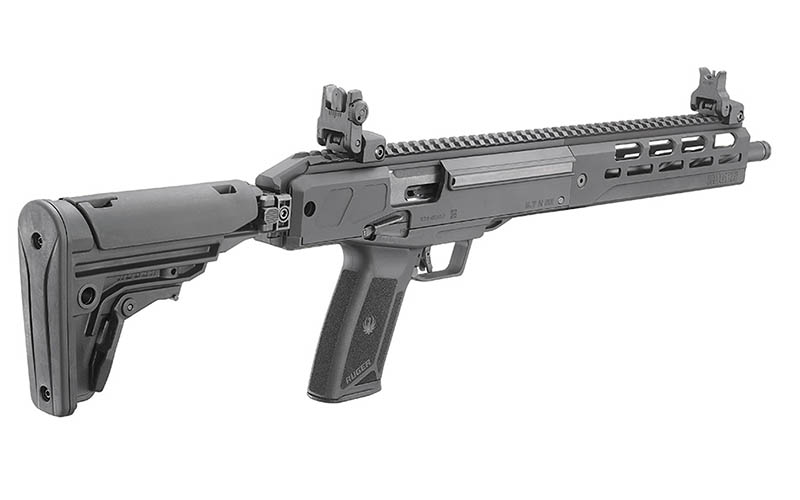
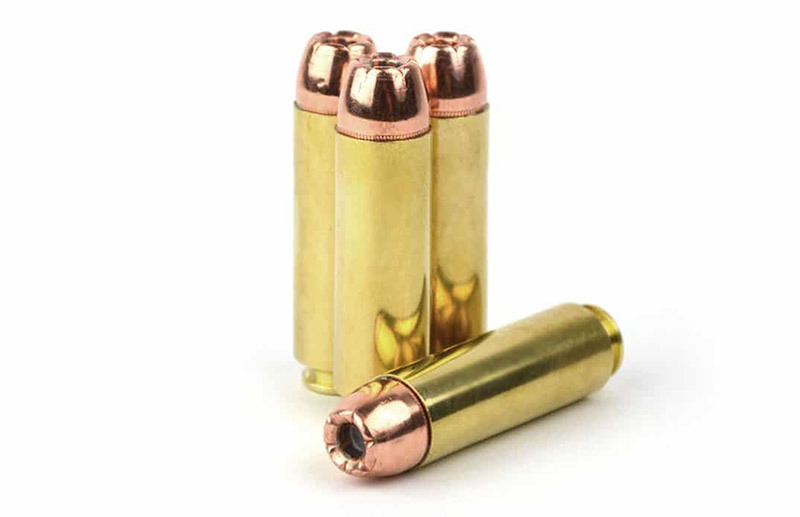
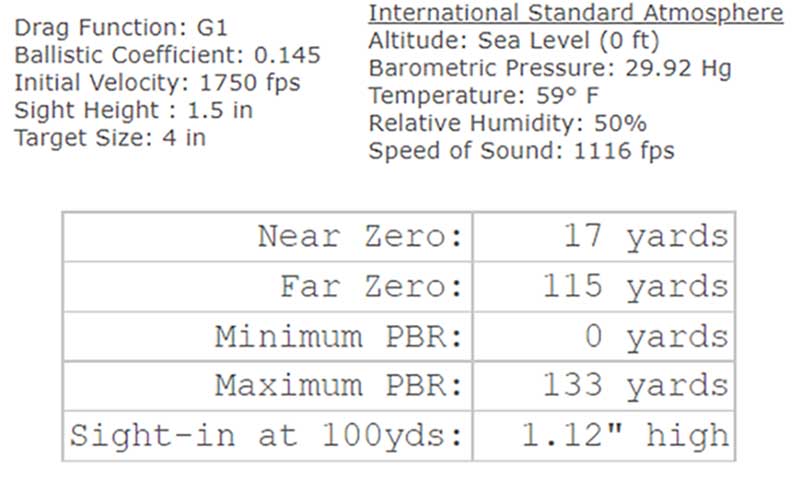
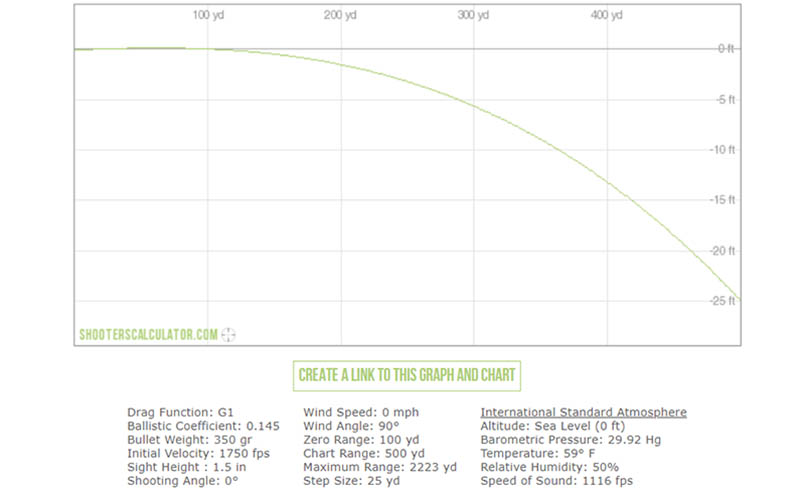
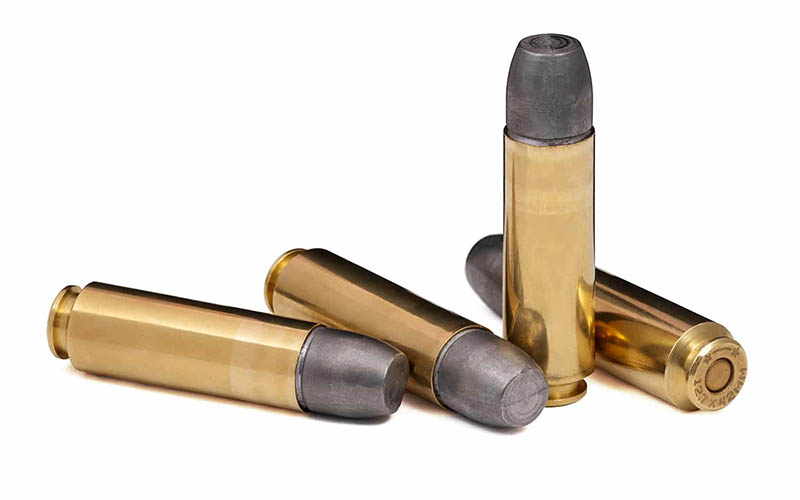

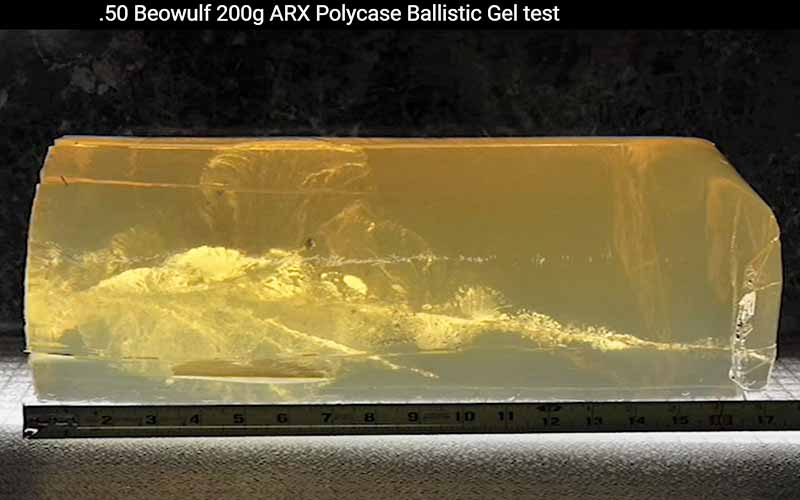
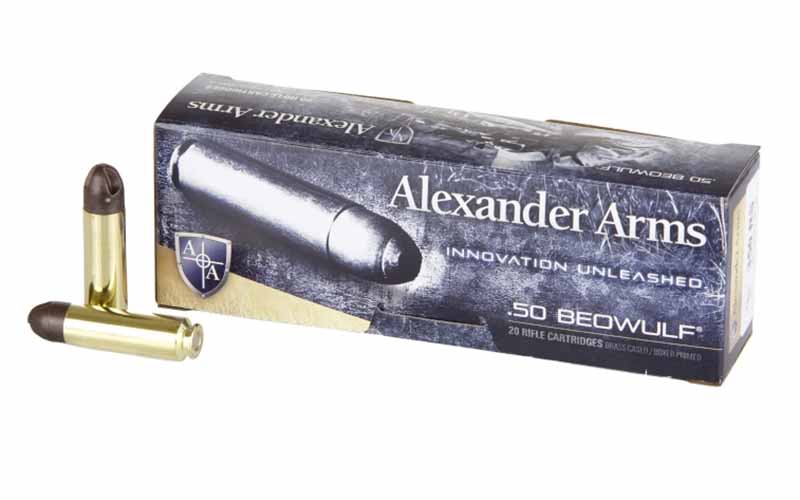
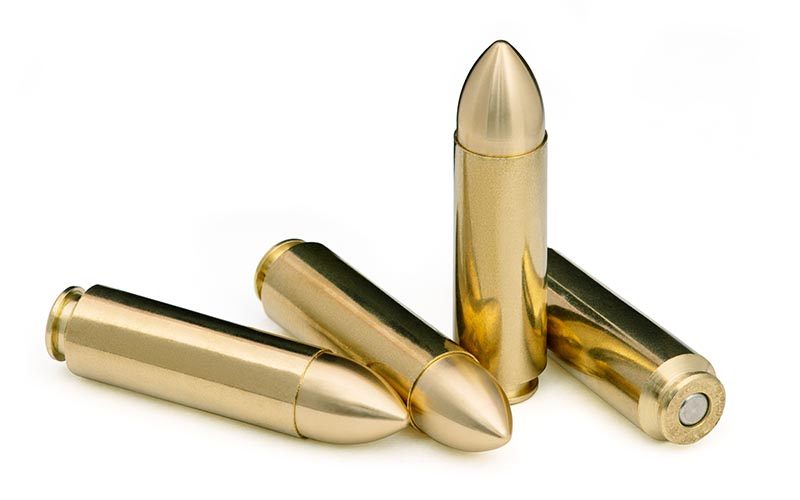
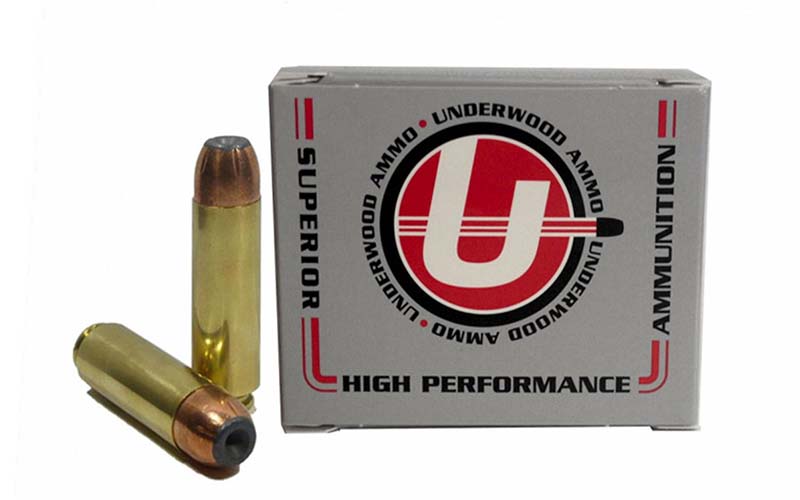
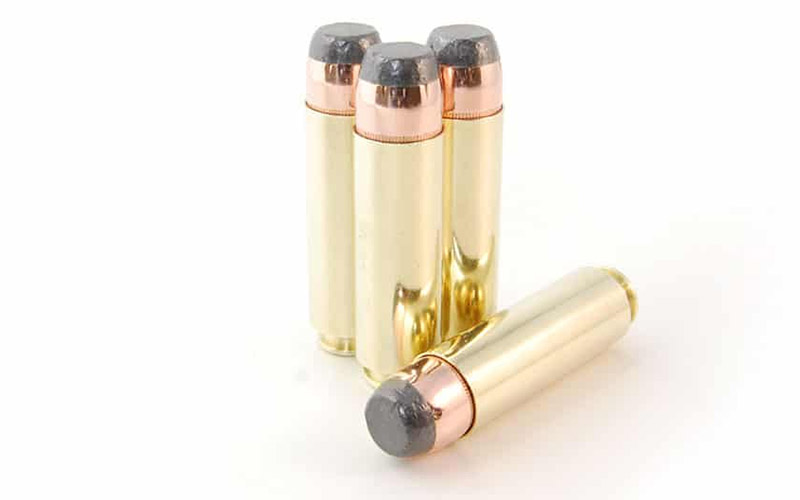
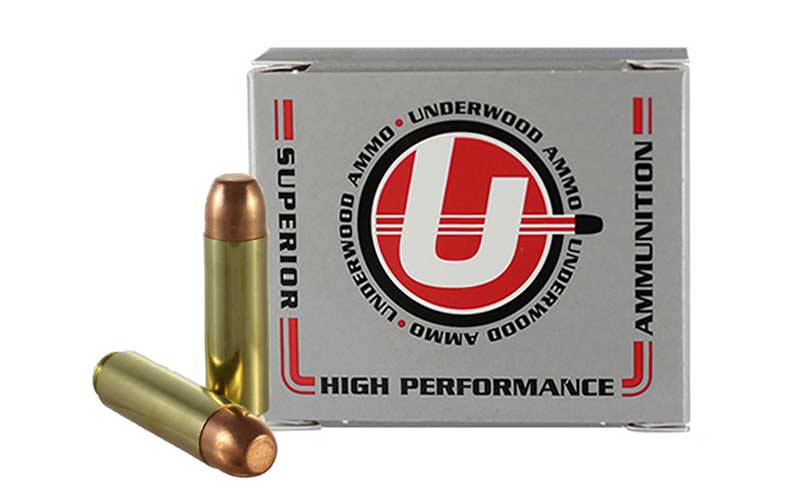
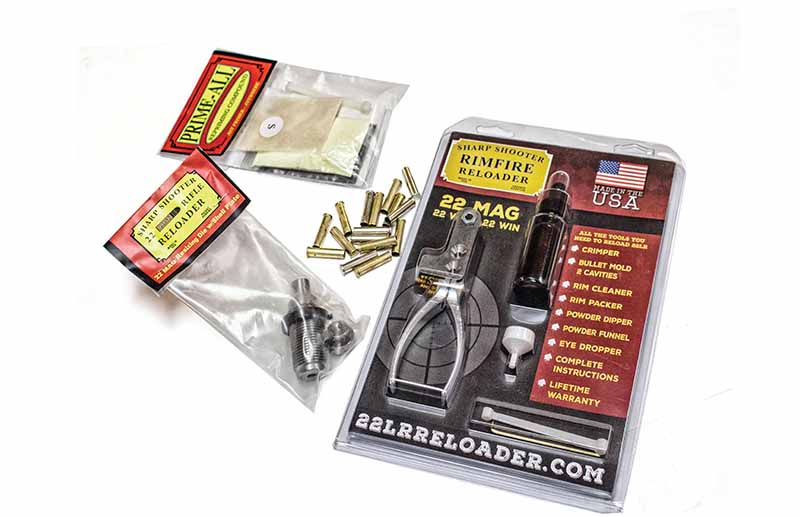

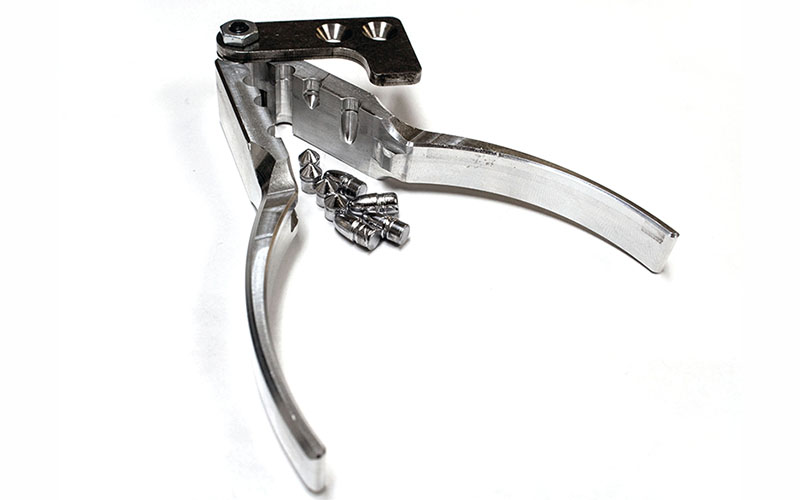
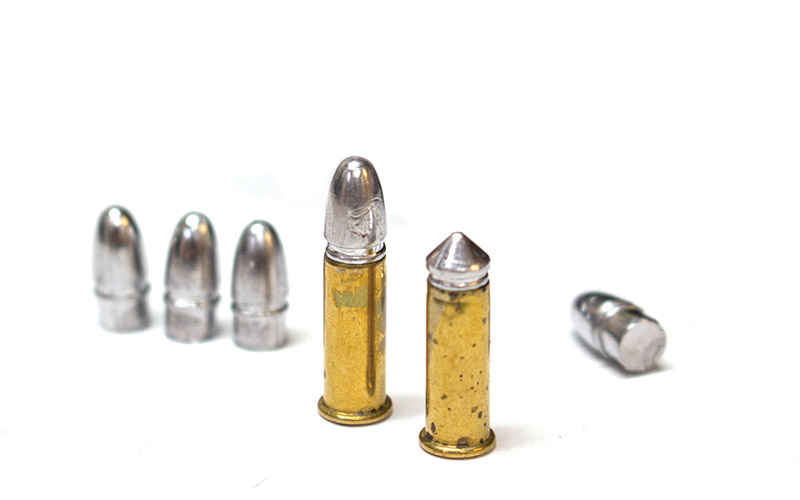
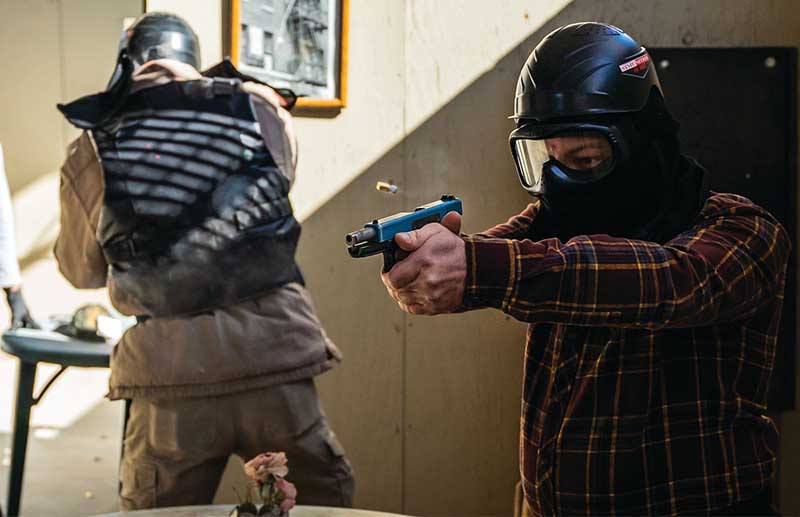
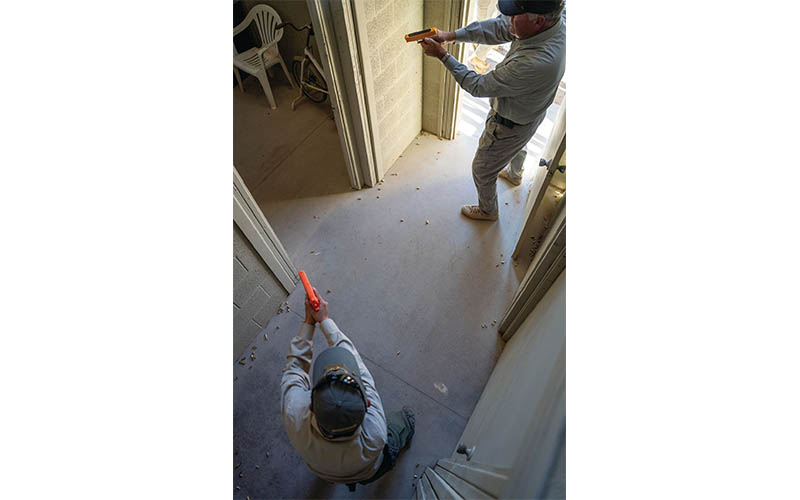
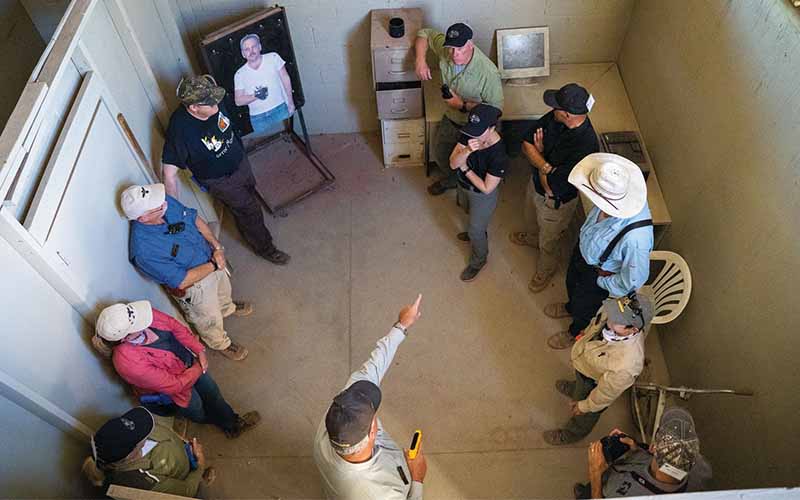
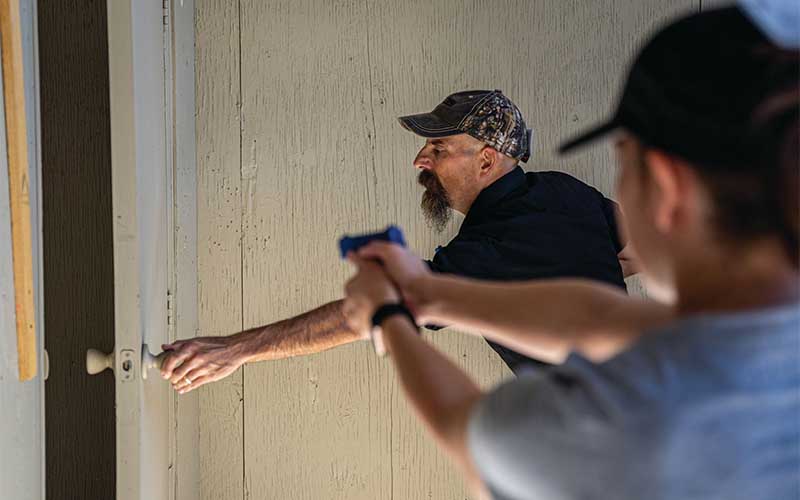
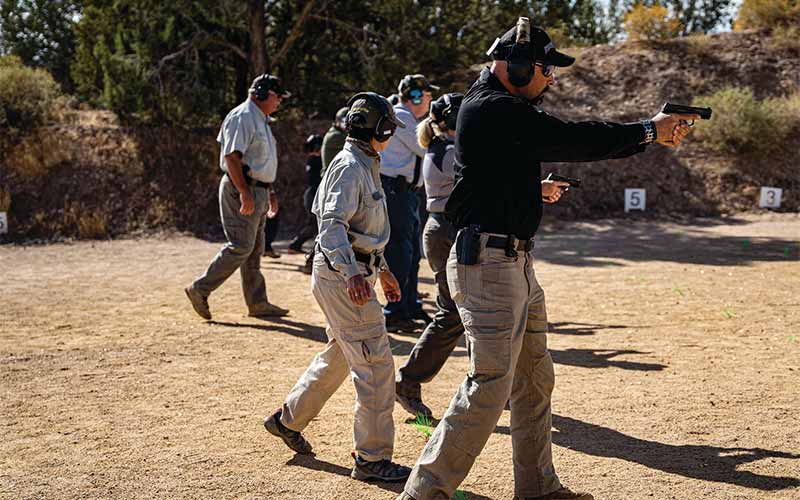


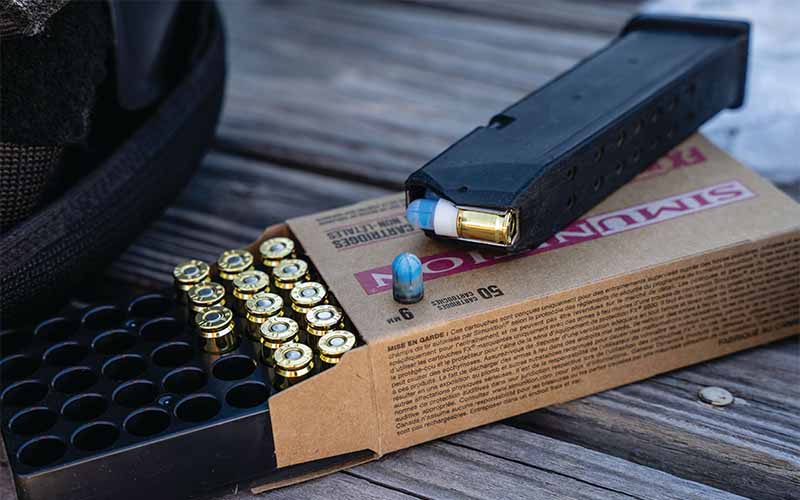
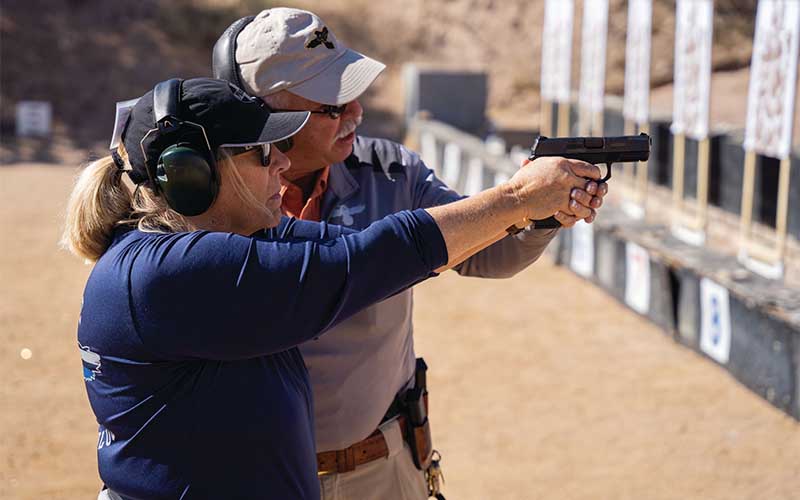
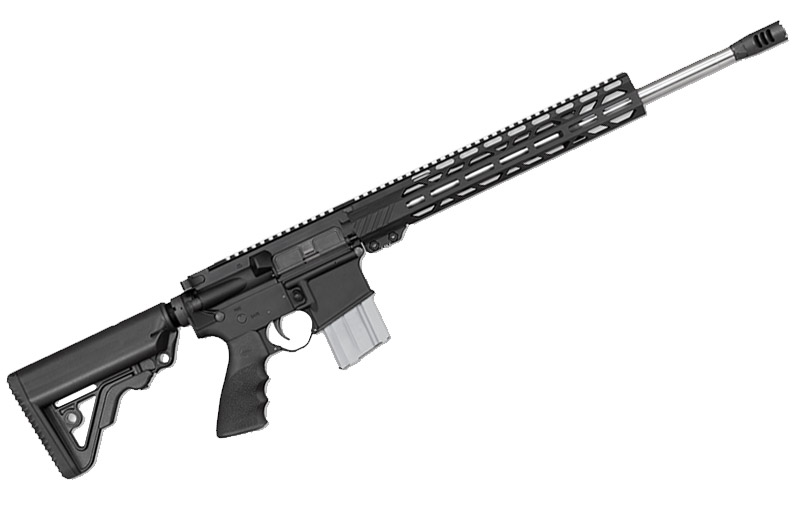
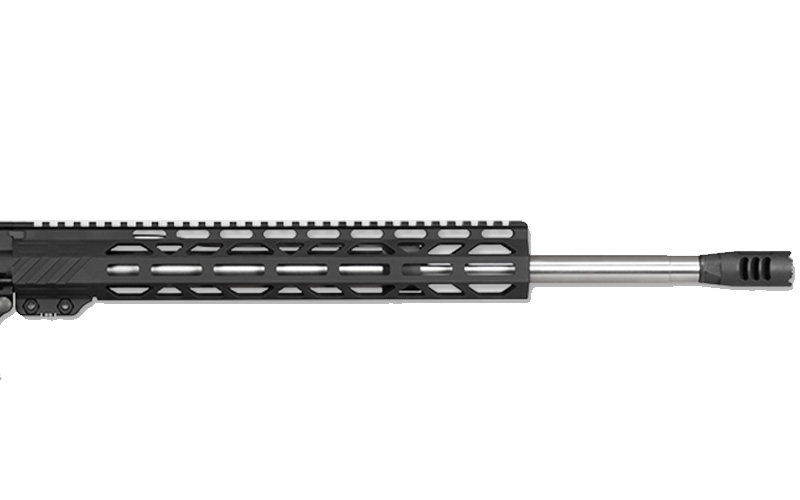
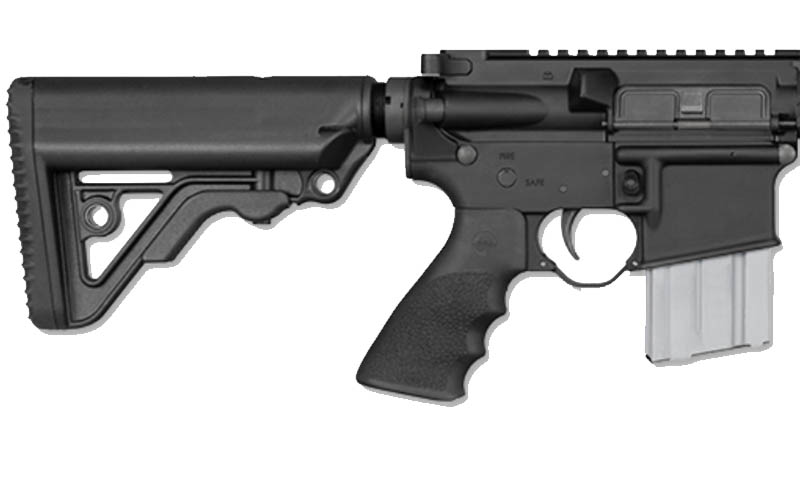



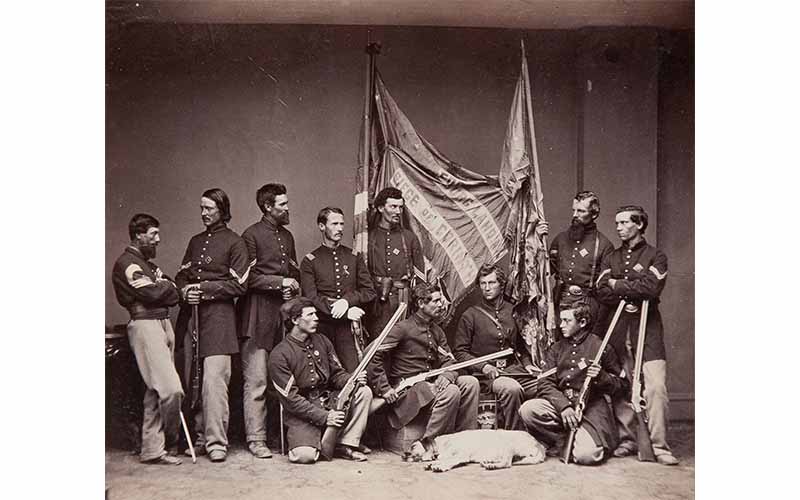




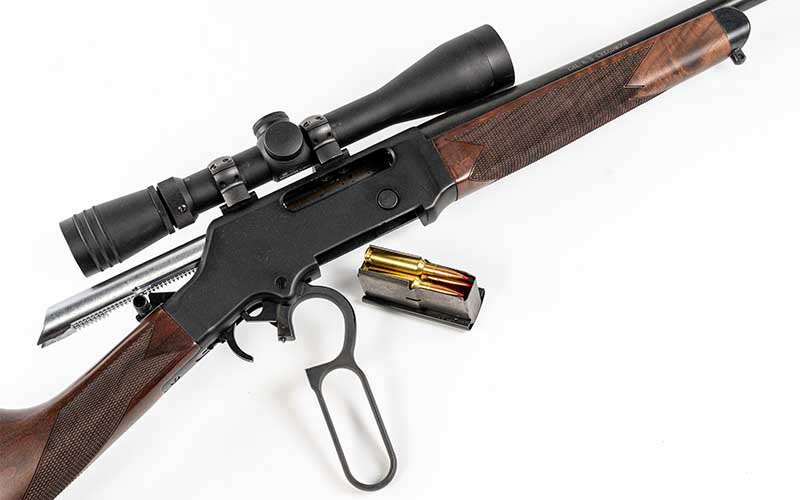

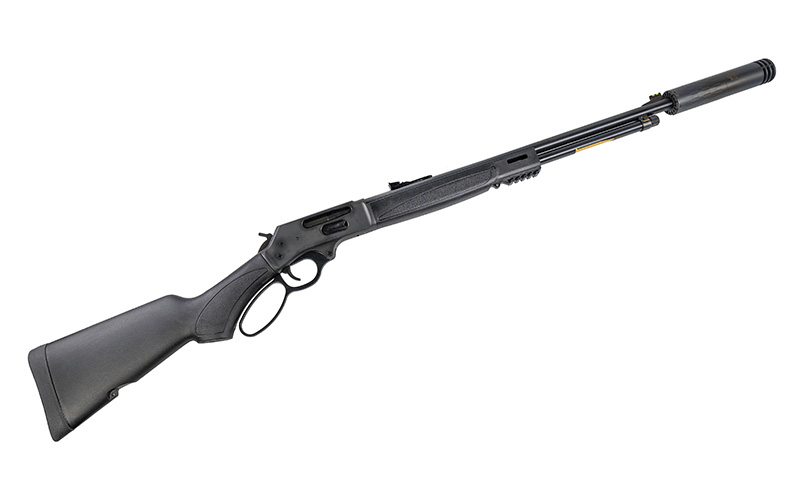
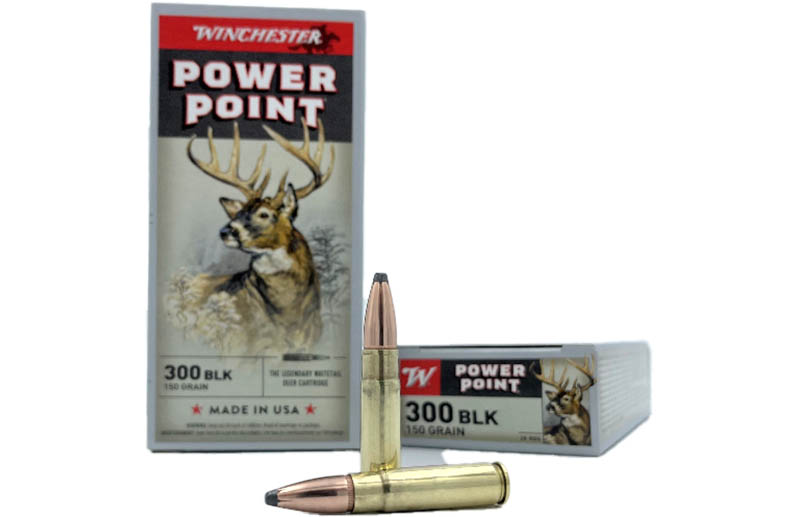


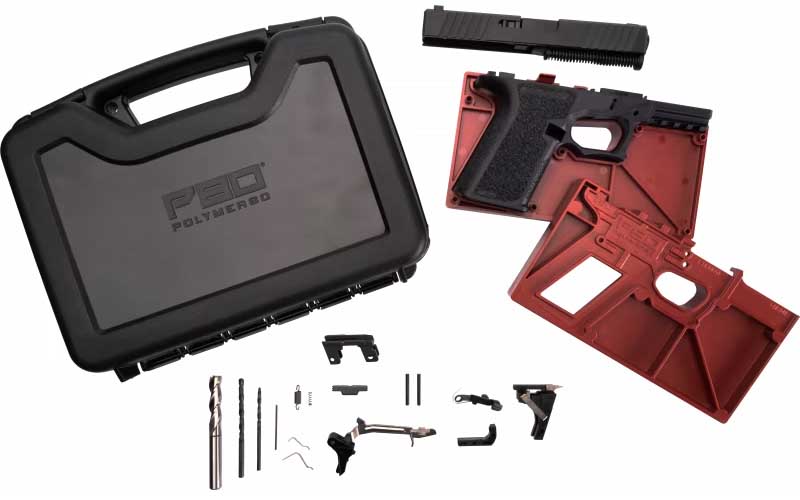
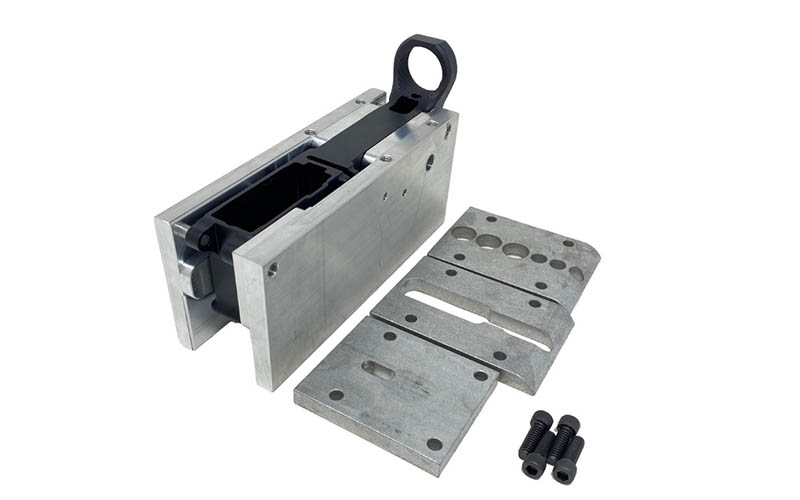
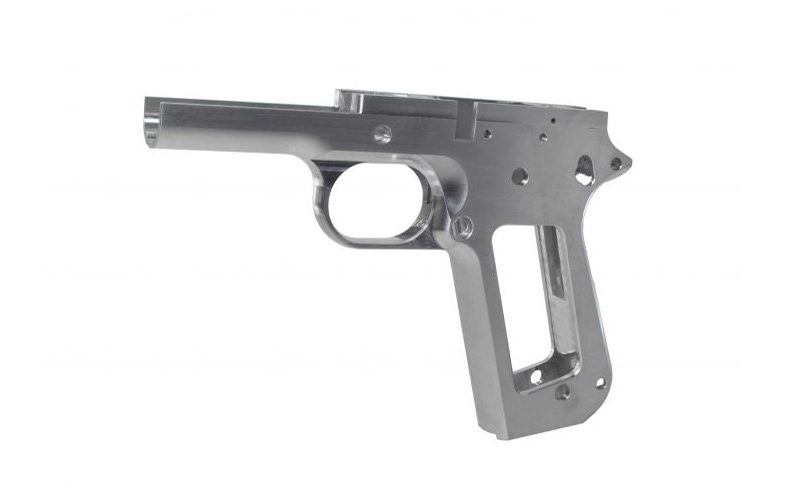
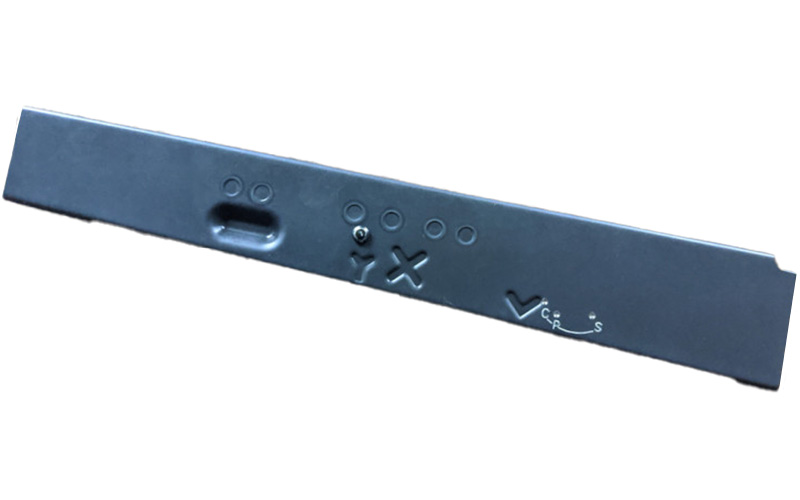
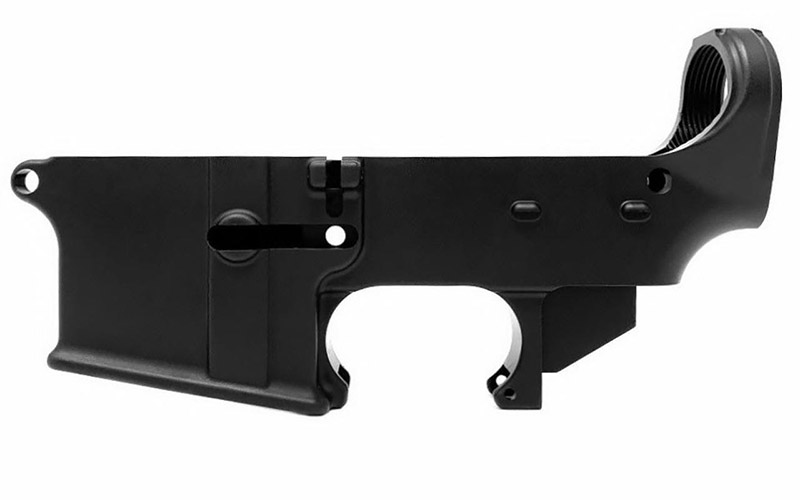
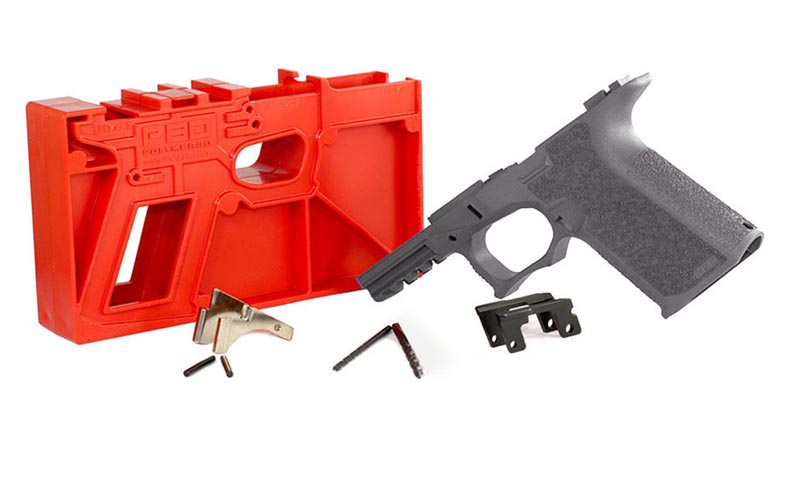
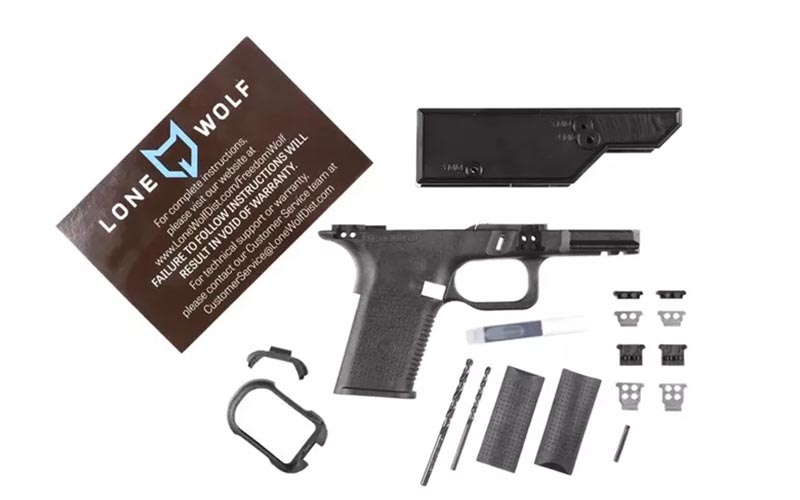
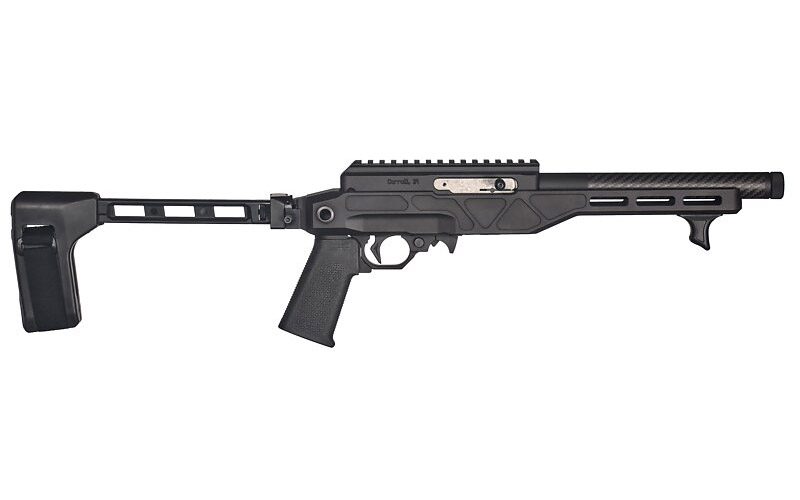
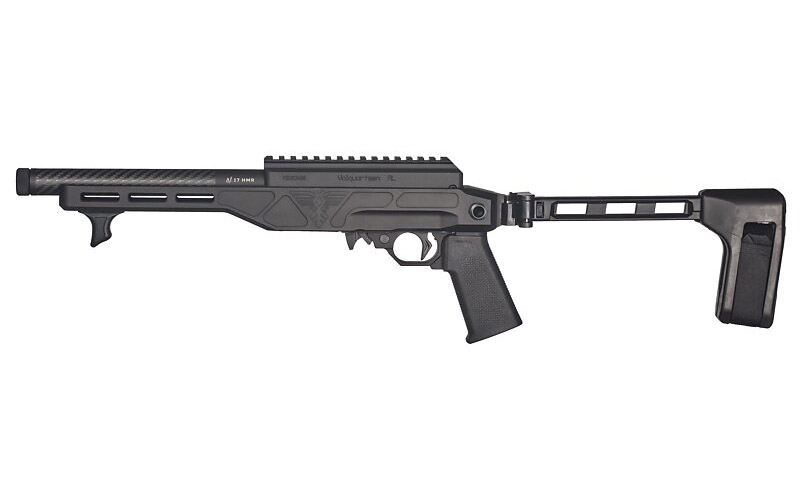
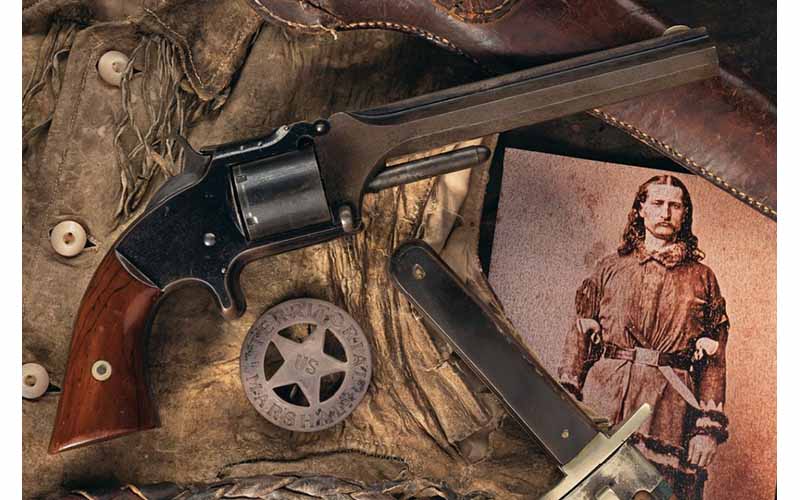
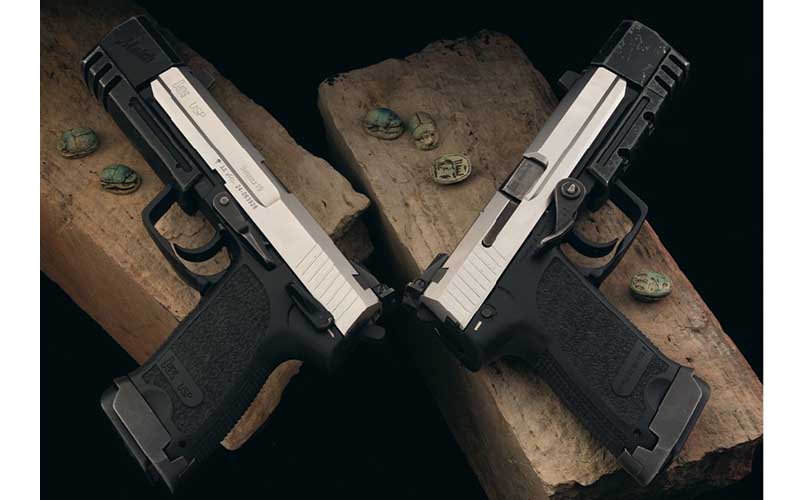
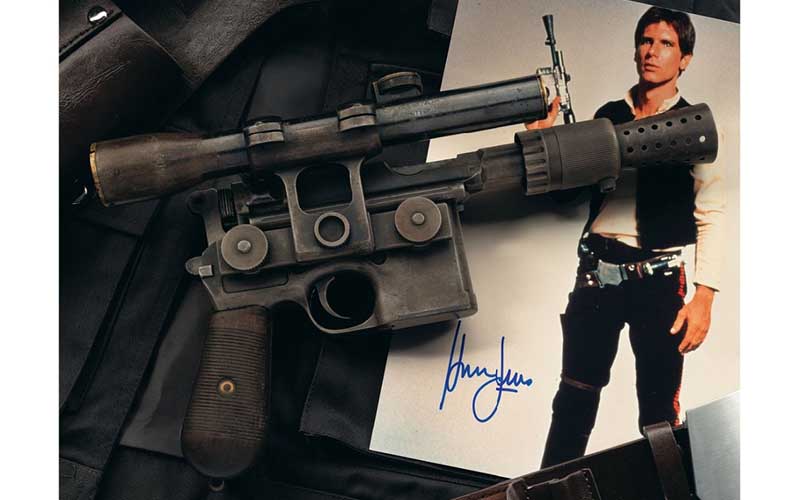
![Best Concealed Carry Guns In 2025 [Field Tested] Wilson Combat EDC X9S 1](https://gundigest.com/wp-content/uploads/Wilson-Combat-EDC-X9S-1-324x160.jpg)


![Best 9mm Carbine: Affordable PCCs [Tested] Ruger Carbine Shooting](https://gundigest.com/wp-content/uploads/Ruger-Carbine-Shooting-100x70.jpg)
![Best AR-15: Top Options Available Today [Field Tested] Harrington and Richardson PSA XM177E2 feature](https://gundigest.com/wp-content/uploads/Harrington-and-Richardson-PSA-XM177E2-feature-100x70.jpg)
